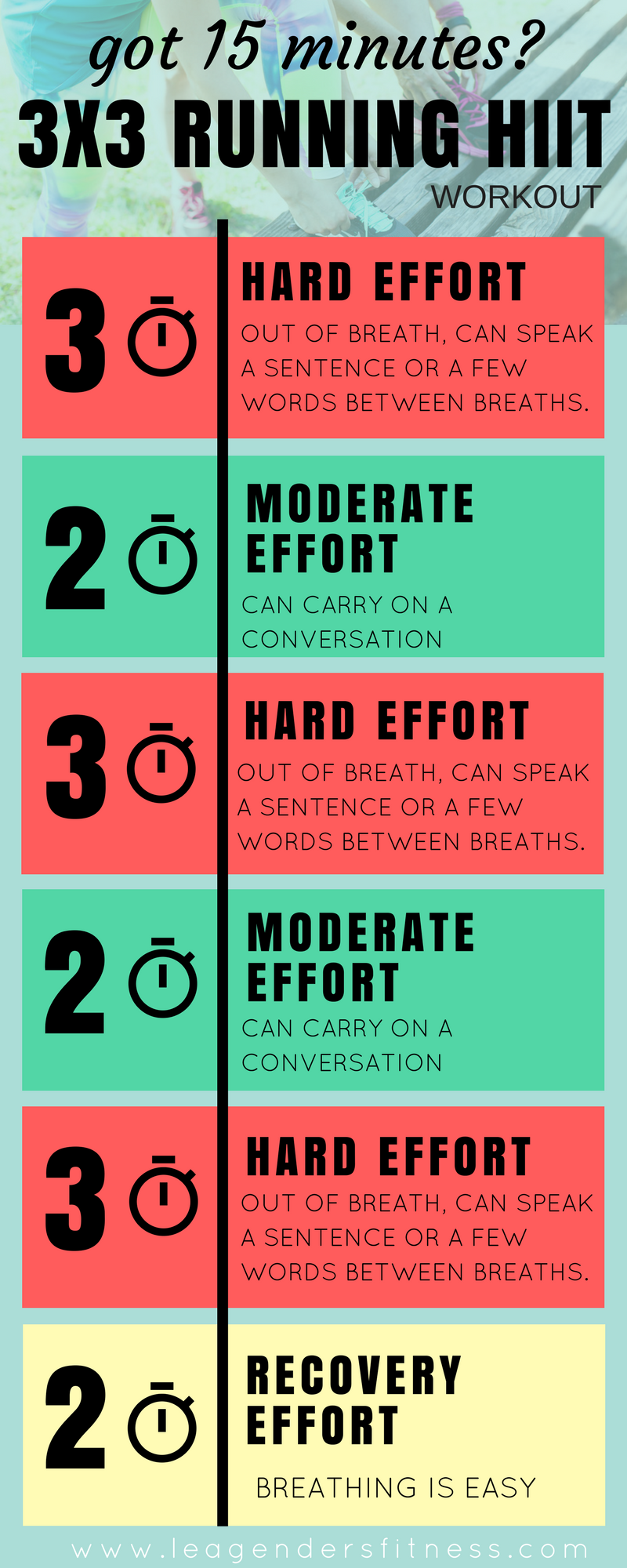Getting Rid Of Discomfort in Operating: Methods and Strategies That Work
Pain is a common friend for many runners, often serving as an obstacle to accomplishing their desired objectives. With the appropriate techniques and methods, it is feasible to conquer and also prevent the pain connected with running. By exploring different methods such as recognizing the different kinds of running discomfort, enhancing shoes and kind, including cross-training and toughness workouts, executing effective healing approaches, and keeping correct nutrition and hydration, joggers can potentially minimize their pain and enhance their general running experience.
Comprehending Different Sorts Of Running Discomfort

Another type of running pain is joint pain, which can materialize as a sharp or achy discomfort in locations such as the knees, hips, or ankle joints (running strategy). Joint pain might be brought on by variables like inappropriate running form, overuse, or underlying problems like arthritis (take a look). It is very important to separate between muscle soreness and joint pain, as the latter might call for medical attention to avoid more injury
Comprehending the different kinds of running discomfort is critical for reliable administration and avoidance methods to guarantee a safe and enjoyable running experience.
Proper Shoes and Running Form
To maximize performance and decrease the threat of running-related injuries, choosing suitable shoes and preserving proper running type are important parts for joggers of all levels. It is recommended to select running shoes that are especially made for the person's foot type, running stride, and the type of running activity they involve in.

Cross-Training and Toughness Workouts
Taking part in cross-training and integrating stamina exercises into a running routine can substantially enhance overall performance and reduce the possibility of injuries. Cross-training, such as cycling or swimming, helps enhance cardio health and fitness while giving running muscles a break from repetitive impact. It also helps strengthen different muscle groups, leading to better overall body conditioning. Strength exercises, like squats, lunges, and core exercises, play an essential role in stabilizing muscular tissues and boosting running performance. They can deal with muscular tissue inequalities, improve agility, and boost power output, every one of which are crucial for running efficiency.
Incorporating cross-training and toughness exercises right into a running program ought to be done purposefully. It is necessary to enable sufficient remainder in between running sessions and cross-training tasks to avoid overuse injuries. have a peek here Furthermore, concentrating on correct type and technique throughout stamina workouts is crucial to optimizing their benefits and lowering the danger of injury. By incorporating these aspects into a running routine, joggers can develop a more powerful foundation, boost performance, and appreciate a much more lasting running experience.
Recovery and Relax Techniques
Having developed the value of cross-training and stamina workouts in a comprehensive running regimen, focus can now be directed towards Recuperation and Relax Strategies as indispensable elements for maximizing performance and reducing the danger of injuries. (running strategy)
Recovery after running is vital for muscle repair work and growth. Strategies such as foam rolling, stretching, and massage assistance in lowering muscle discomfort and improving versatility. Ample rest between runs enables the body to recuperate and adjust to the physical stress and anxiety, avoiding overuse injuries.
Integrating energetic recuperation days right into a training schedule, where low-intensity activities like strolling or cycling are carried out, can improve blood flow and advertise recovery without placing excess stress on the muscle mass. In addition, correct hydration and nourishment play a vital role in the recovery procedure by replenishing lost liquids and nutrients.
Quality rest is another important element of recuperation that need to not be overlooked. Throughout sleep, the body undergoes fixing and regrowth procedures, adding to general physical and psychological wellness. By prioritizing recovery and rest techniques, joggers can keep ideal performance degrees and decrease the likelihood of experiencing pain or injuries.
Nutrition and Hydration for Runners
Carbs provide power for running, while healthy proteins aid in muscle mass repair work and recovery. Ample hydration is likewise important to preserve optimum performance, as even moderate dehydration can negatively influence running efficiency. Additionally, timing meals and treats suitably before runs can aid avoid intestinal pain and give the necessary energy for peak performance.
Final Thought
To conclude, by recognizing the various sorts of running pain, using appropriate shoes, maintaining right running type, incorporating cross-training and strength exercises, prioritizing recuperation and rest, and concentrating on nutrition and hydration, runners can efficiently conquer pain and boost their performance. Implementing these techniques and methods can assist runners avoid injuries, improve their endurance, and ultimately delight in a more fulfilling running experience.